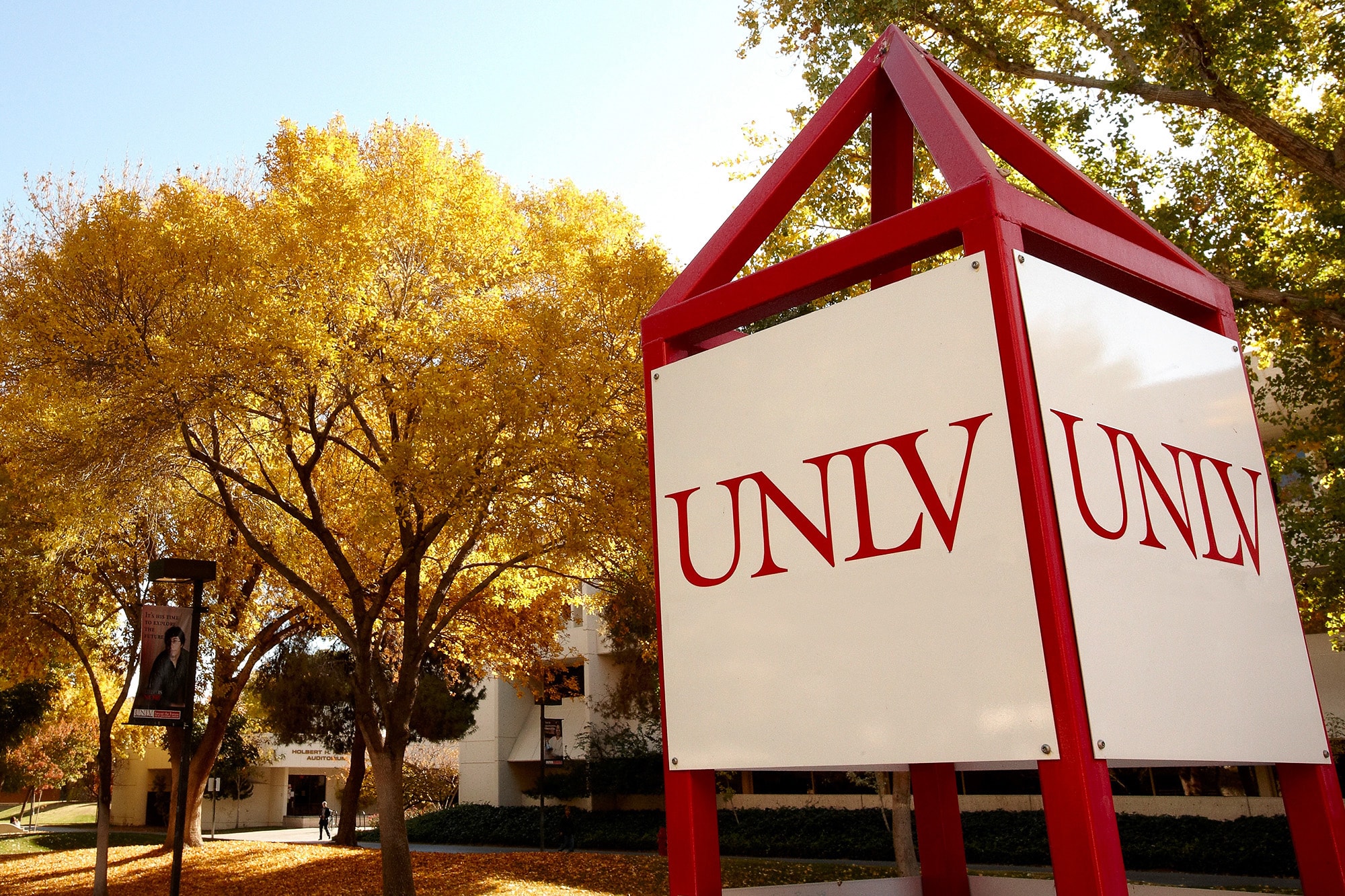The UNLV School of Nursing encourages the Las Vegas community to participate in the Great American Smokeout Nov. 18, an event that calls on the nation's estimated 45 million smokers to quit for the day or pledge to smoke less.
Smoking is responsible for one in three cancer deaths and one in five deaths from all causes.
"Quitting smoking is not easy, but it can be done," says Nancy York, assistant professor of Nursing at UNLV, whose research focuses on smoke free policy and smoking cessation strategies. "To have the best chance of successfully quitting, smokers need to know what's at stake, that they're not alone in the struggle to quit, and they need to have strategies for successful quitting."
Health Benefits of Quitting Smoking
In order to successfully quit, it's important to be aware of the associated health benefits. According to the American Cancer Society, within just minutes of smoking their last cigarette, a smoker's body starts to get better:
- 20 minutes after quitting: Heart rate and blood pressure start to return to normal.
- 12 hours after quitting: Carbon monoxide levels in the bloodstream return to normal.
- Two weeks to three months after quitting: Circulation and lung function start to improve.
- One to nine months after quitting: Coughing and shortness of breath decrease and the risk of a lung infection is reduced.
- One year after quitting: The excess risk of coronary heart disease is half that of a smoker's.
The Challenge of Quitting Smoking
Nicotine is found in tobacco - the main ingredient of cigarettes - and is highly addictive. When a smoker inhales, nicotine is carried into lungs where and is absorbed into the bloodstream.
"Once in the bloodstream nicotine produces pleasant feelings and sensations," says York. "Over time the smoker will actually need to smoke more cigarettes to produce those same pleasant feelings."
Helping Smokers Quit
Recognizing that many smokers pick up the habit during their youth, York and a team from UNLV's Student Health Center are working with local students and staff to draft campus policies and introduce tobacco cessation outreach and programming on Southern Nevada's college campuses. On campus or off, York suggests that smokers adhere to the following tips from The American Cancer Society and the American Lung Association to help them successfully quit:
- Talk with a healthcare provider: Medications are available based on a smoker's habits that can help them quit.
- Find a smoking cessation support program: Support groups, websites, telephone counseling and smoking cessation classes can help.
- Set realistic goals: Decrease the number of cigarettes smoked each day to start. Set a daily limit and decrease the number each day.
- Set a quit date: Plan a date in advance and determine what strategies will be most helpful to deal with cravings.
- Think ahead: Think ahead to avoid or modify situations that trigger an urge to smoke. Plan alternative activities during "trigger" events.
- Find a substitute: Chewing gum, peppermints and toothpicks may be a useful substitute.
- Exercise: No matter what type, or how strenuous, exercise relieves stress and helps the body recover from the damage done by cigarettes.
- Be persistent: Multiple attempts do not symbolize failure, but instead show persistence. The key is to never give up.
Learn more about UNLV's tobacco prevention outreach program.



